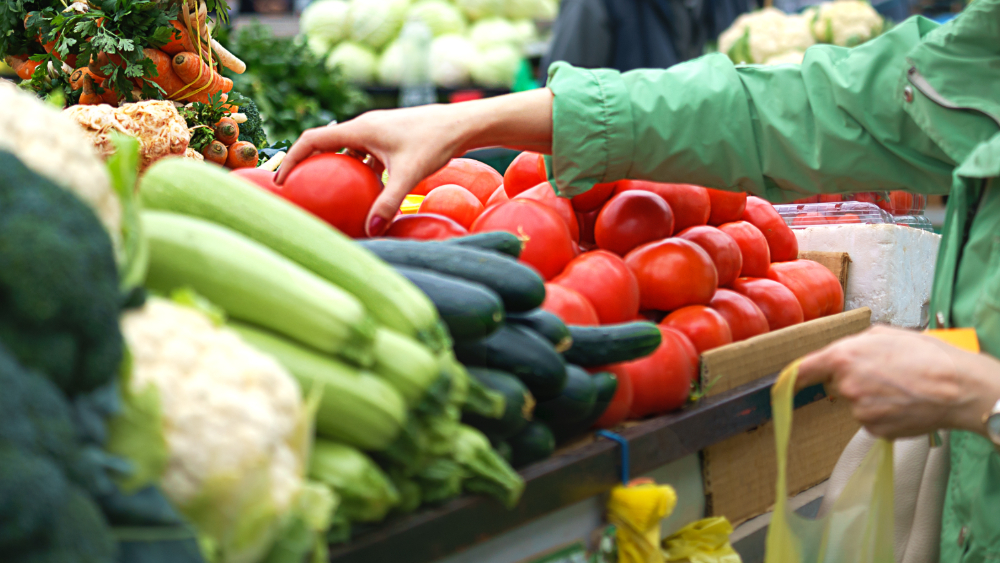Farm to fork: key figures on the European food chain

Eurostat released today the 2022 edition of Key figures on the European food chain, a publication focusing on the EU’s farm to fork chain.
Key figures on the European food chain starts with an overview of agriculture and fisheries, and then moves on to the processing, trade, distribution and consumption of food and beverages. The publication concludes with a chapter on environmental issues related to the various stages of the food chain, including food waste. It also presents intuitive visualisations and innovative data presentations with the accompanying analyses.
Most datasets included within this publication are presented until 2020 or 2021. The asymmetric impact of the COVID-19 pandemic can be clearly seen in some stages of the food chain: for example, while the demand for food and beverages from retailing was relatively stable throughout the pandemic, there was a large contraction in activity for restaurants, bars and cafés as of March 2020, followed by a partial rebound/recovery.
This publication responds to interest in the European Commission’s Farm to Fork Strategy, which is an integral part of the European Green Deal that sets out to make Europe the first climate-neutral continent by 2050.
Want to know more?
A webinar on the topic will be held in the beginning of 2023. Details will be announced later.
For more information
- Key figures on the European food chain
- Thematic section on agriculture
- Database on agriculture
- Farm to Fork Strategy
- Statistics for the European Green Deal
- Key Figures publications
If you have any queries, please visit our contact us page.

